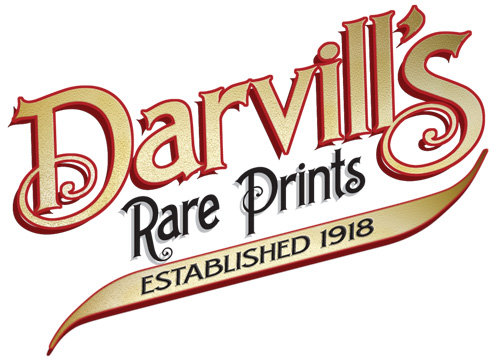|
In the old Zhonghong Village of suburban Jinshan District, away from the hustle and bustle of the outside world, people still enjoy a peaceful life and are in the habit of painting their joy and happiness on rice paper.
With simple subjects rendered in bold colors, these beautiful works of art have gained the name of "Jinshan peasant painting" and the creative peasant artists are even considered "Chinese Picassos.'
Often given as diplomatic gifts, Jinshan peasant paintings have been exhibited around the world in more than 17 countries and regions, including in the prestigious British Museum.
The "primitive" painters usually use a wide range of striking colors across the canvas. Instead of exploring modern urban reality, traditional rural themes such as fishing, cloth dyeing, spinning, and market scenes are preferred.
Figures and objects are usually drawn in a way that most may consider "childish."
"Jinshan peasant painting is somewhat similar to children's drawing, relying mostly on the imagination instead of professional skills," says "peasant painter" Chen Xiu, who owns her own brand "Hong Sheng Huo," the first brand of Jinshan peasant painting. Her father Chen Fulin's work was exhibited in British Museum.
Originally, Jinshan people painted frescoes on the walls above the kitchen stove in the days before there were modern cookers. The stoves were part of the architecture and had wood cooking fires inside. But the frescoes were difficult to preserve because of the humid weather in the southern reaches of the Yangtze River.
In the late 1950s, thanks to some well-known artists such as Han Heping, the peasant painters learned to paint on rice paper.
Chen Fulin was one of the "students," who drew his first paintings of farm life in Zhonghong Village. That was the start of Jinshan peasant painting.
During the late 1970s, artist Wu Tongzhang began teaching painting techniques to the farmers in Jinshan. Most of these first painters were elder women skilled in folk arts that had been passed down through generations. These traditional folk arts, such as embroidery, paper-cutting, paper folding and weaving, heavily influenced the style of painting.
Now, peasant painting is no longer something to kill time after work. Instead it has become a career for many of Zhonghong's families. The Jinshan Peasant Painting Academy has been established and has already held three series courses.
"Both my wife and I entered the first series of courses," says painter Yao Xiping. "We met there and got to know each other."
Three to four days are usually needed for a 60-centimeter-by-60-centimeter painting, explains Yao.
"After they choose the design they like, we paint for them," says Gong Sujuan, Yao's wife.
[Source: ChinaDaily.com] |




